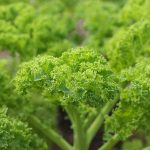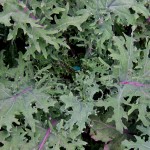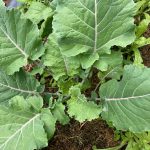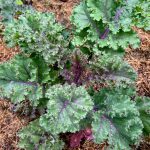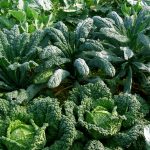How to grow... Kale & Borecole
Rocket Growing Guides
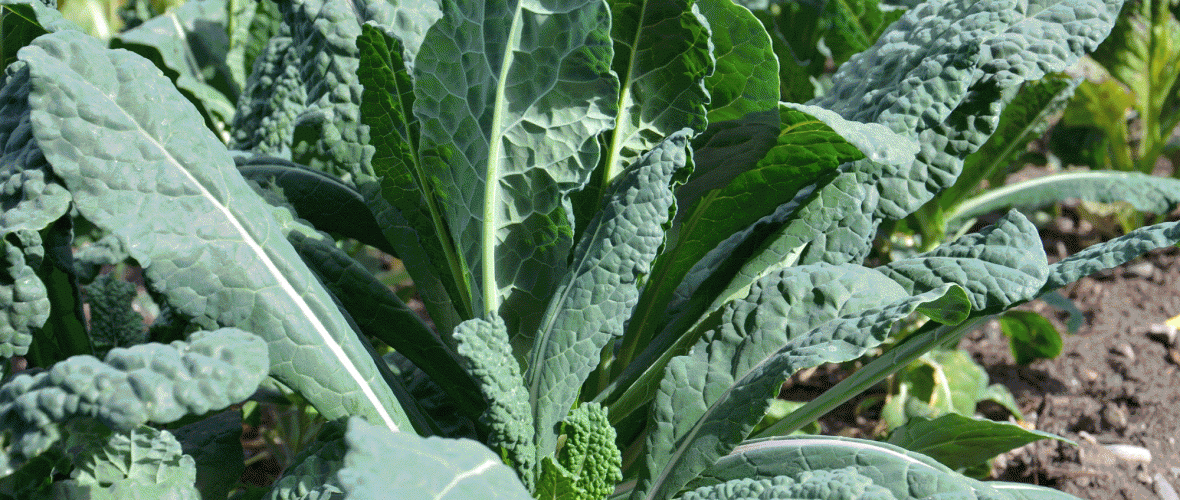
Kale is a super nutritious vegetable that falls into the Brassicas category. Brassicas need to be looked after in much the same way. It’s a big category, with cauliflower, calabrese, broccoli and others too. They are great ones for growing in the garden especially if you have a raised bed or similar. A great one for those that really love their greens!
- Kale Growing Guide
How to Plant Kale
- Choose a sunny site with deep, firm & moisture-retentive soil
- Raised beds are perfect. If growing in pots, plant one to a large, deep pot (eg 30x30cm)
- Plant Red Russian Kale and Cavolo Nero 30cm apart and firm in well. Curly Kale can be planted 20cm apart.
- Place a brassica collar around base of stem to prevent cabbage root fly (you can do this by cutting a 10cm disc from cardboard, then cut into the centre)
- Net against pigeons and cabbage white butterflies – you could make a hoop tunnel approx. 1.5m high, and cover with insect proof mesh/net.
How to Grow Kale
- During dry spells, water well once or twice a week. Other than that, leave them to their own devices and they should be fine.
- May need earthing up and/or staking in strong wind if they get too tall (approx. 1.5m high)
- Remove yellow leaves as they appear – this will help to keep the plants healthy. Leaving the yellow leaves on the soil will encourage slugs, so is best to avoid this!
Common Pests and Problems with Kale
- Cabbage root fly – stunted growth/sudden wilting – the maggots tunnel into the roots to feed and the roots start to rot. Brassica collars and fine mesh netting will help to prevent this in future.
- Eaten by caterpillars – use netting to avoid Cabbage White butterfly from laying eggs in the first place. Check foliage (underside and near stems) regularly for small white/green/yellow eggs and wipe off. Pick off caterpillars if you find them.
- Club root – stunted growth/discoloured leaves – this is a fungal disease that can’t be remedied so you will need to get rid of affected plants. Plant future brassicas in a different area of the plot to avoid re-infection in subsequent years.
- Slugs/Snails/Pigeons – these will all eat leaves. Netting is best for keeping pigeons away, and slug traps for slugs/snails
- Bolting/Early Flowering – if the plants get too hot or too dry, they can bolt and start producing flowers. To avoid this, keep them well watered and cool in hot/dry weather. A mulch really helps. If they do start to bolt, you can harvest the broccoli-like spears and cook them up as well.
How to Harvest and Store Kale
- Harvest what you need when the kale leaves reaches a sensible size. This will be fairly swiftly in the spring/summer months (within a few weeks of planting) and in very early spring for autumn planted kale.
- Pull the leaves downwards at the stem to harvest. Start with the larger leaves towards the base of the plant (particularly for cavolo nero which keeps producing new leaves at the top of the plant – the others are a little more bushy so you can take your pick!)
- Kale will keep in the fridge in a bag or airtight container for a few days. Alternatively, pop some in a jug of water and they will keep for a few days like this, whilst making your kitchen look pretty!
- Mature kale will start producing broccoli like florets – these can be cooked and eaten if picked before they flower.


